Doe/netl-2012/1540 Mobility And Conformance Control For Carbon Dioxide Enhanced Oil Recovery (Co2-Eor) Via Thickeners, Foams, And Gels - U.s. Department Of Energy Page 10
ADVERTISEMENT
 1
1  2
2  3
3  4
4  5
5  6
6  7
7  8
8  9
9  10
10  11
11  12
12  13
13  14
14  15
15  16
16  17
17  18
18  19
19  20
20  21
21  22
22  23
23  24
24  25
25  26
26  27
27  28
28  29
29  30
30  31
31  32
32  33
33  34
34  35
35  36
36  37
37  38
38  39
39  40
40  41
41  42
42  43
43  44
44  45
45  46
46  47
47  48
48  49
49  50
50  51
51  52
52  53
53  54
54  55
55  56
56  57
57  58
58  59
59  60
60  61
61  62
62  63
63  64
64  65
65  66
66  67
67  68
68  69
69  70
70  71
71  72
72  73
73  74
74  75
75  76
76  77
77  78
78  79
79  80
80  81
81  82
82  83
83  84
84  85
85  86
86  87
87  88
88  89
89  90
90  91
91  92
92  93
93  94
94  95
95  96
96  97
97  98
98  99
99  100
100  101
101  102
102  103
103  104
104  105
105  106
106  107
107  108
108  109
109  110
110  111
111  112
112  113
113  114
114  115
115  116
116  117
117  118
118  119
119  120
120  121
121  122
122  123
123  124
124  125
125  126
126  127
127  128
128  129
129  130
130  131
131  132
132  133
133  134
134  135
135  136
136  137
137  138
138  139
139  140
140  141
141  142
142  143
143  144
144  145
145  146
146  147
147  148
148  149
149  150
150  151
151  152
152  153
153  154
154  155
155 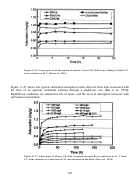 156
156 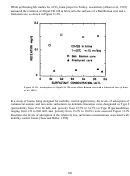 157
157 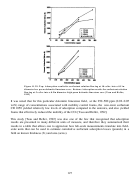 158
158  159
159  160
160 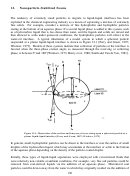 161
161 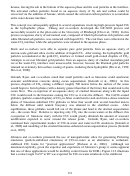 162
162  163
163 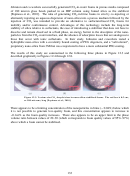 164
164 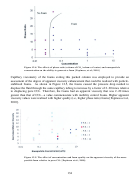 165
165 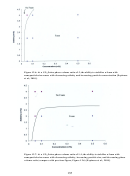 166
166 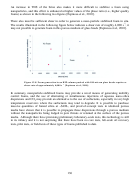 167
167  168
168  169
169 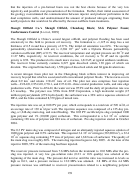 170
170  171
171 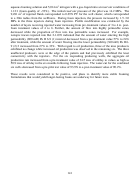 172
172 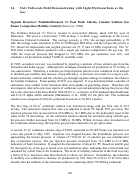 173
173  174
174 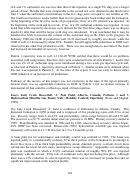 175
175 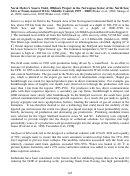 176
176 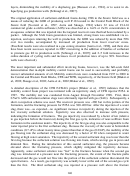 177
177 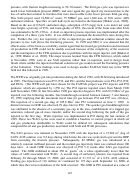 178
178  179
179 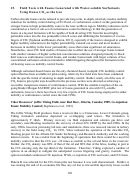 180
180  181
181 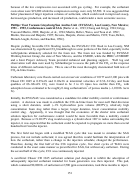 182
182 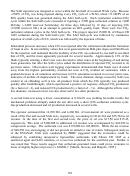 183
183  184
184 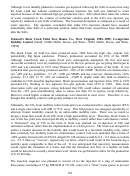 185
185 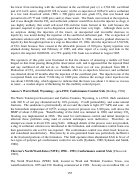 186
186  187
187  188
188 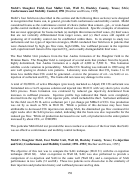 189
189 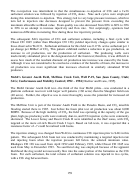 190
190  191
191 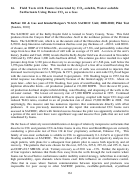 192
192 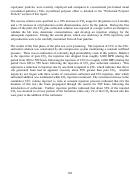 193
193  194
194  195
195  196
196  197
197  198
198 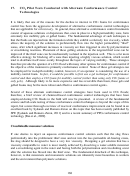 199
199 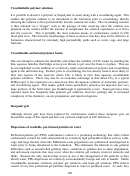 200
200 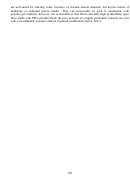 201
201 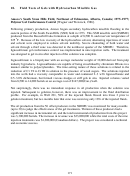 202
202 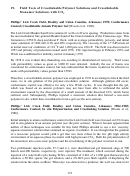 203
203  204
204 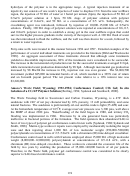 205
205 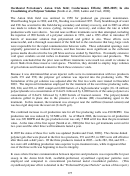 206
206 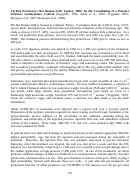 207
207 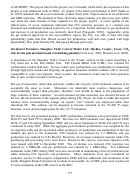 208
208  209
209 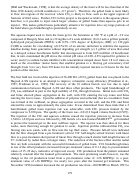 210
210 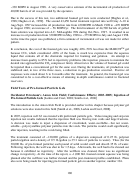 211
211 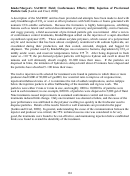 212
212 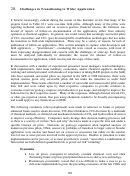 213
213 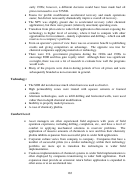 214
214 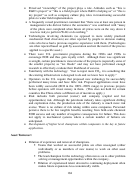 215
215  216
216 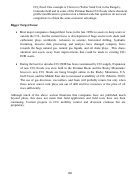 217
217 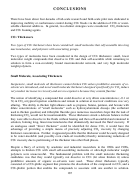 218
218  219
219 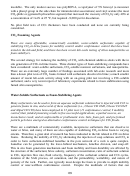 220
220 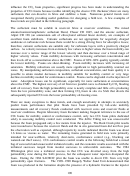 221
221  222
222 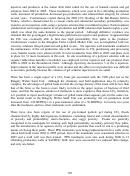 223
223 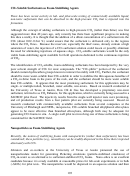 224
224 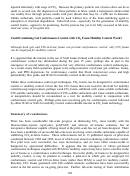 225
225 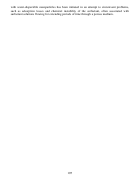 226
226 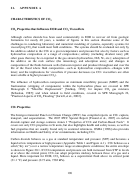 227
227 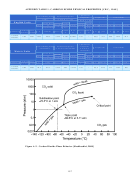 228
228 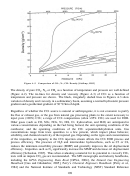 229
229 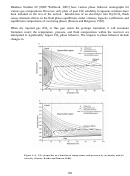 230
230  231
231 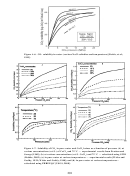 232
232 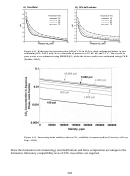 233
233  234
234 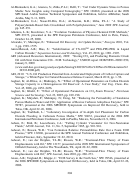 235
235  236
236  237
237  238
238  239
239  240
240 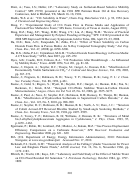 241
241 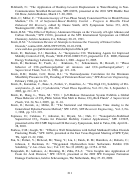 242
242 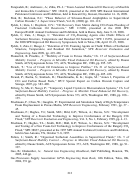 243
243 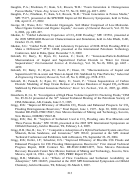 244
244  245
245  246
246  247
247  248
248  249
249 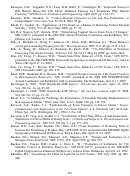 250
250 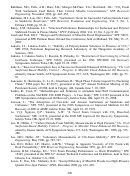 251
251  252
252  253
253 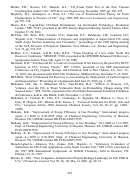 254
254 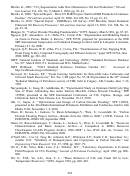 255
255 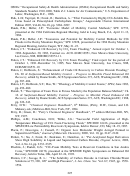 256
256  257
257 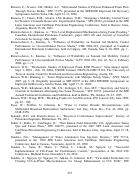 258
258 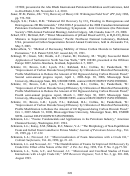 259
259 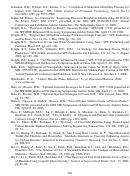 260
260 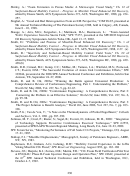 261
261 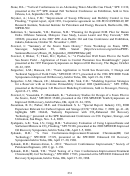 262
262 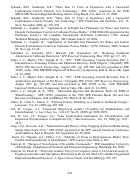 263
263 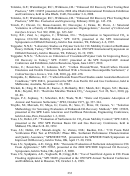 264
264 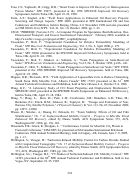 265
265 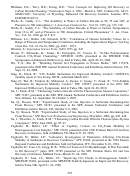 266
266  267
267 identified in the lab of which only a few (Chaser CD 1045, Alipal CD 128, and Chaser CD 1040)
were used extensively in pilot tests.
Foam generation requires interactions between the porous medium and the injected fluids, thus a
multitude of lab-scale studies directed at understanding the effects of temperature, pressure,
surfactant type, surfactant concentration, flow rate, foam quality, brine salinity, rock type, rock
wettability, matrix permeability, presence of fractures, degree of heterogeneity, presence of vugs,
oil composition, and oil saturation on the performance of these foams were conducted.
Laboratory foam mobility results for various porous media indicated that foams are typically
most readily formed in higher permeability, water-wet to mixed wettability, fracture-free cores.
Carbon dioxide foams have been found to reduce the residual oil saturation beyond that achieved
by CO
floods when the foam flood occurred after the CO
flood in cores initially containing
2
2
high oil and residual water saturation.
Eleven field tests using foams were conducted beginning in the mid-1980s that focused primarily
on blocking thief zones and impeding gravity override. There was a good deal of variability in
the degree of technical and economic success ascribed to these conformance control tests. About
half of these projects were considered to be successful technical efforts, and favorable economic
assessments were associated with most of them. However, about half of the field tests reported
problems that rendered the technical results as either unsuccessful or inconclusive. Problems
noted during these field tests included the dilution of CO
foam by subsequently injected water,
2
the inability of foam to be effective in formations containing fractures or extremely high
permeability open flow paths, the very short propagation of the CO
from the injection well, cold
2
weather ice and hydrate formation, unacceptably large decreases in injectivity associated with
co-injection, and other unspecified “operational problems.” The inability to determine how
much incremental oil was associated with application of the CO
foam was also cited as an
2
impediment to providing an accurate assessment of the process. Specific conformance control
field test results include:
During the Unocal/Long Beach Oil Dev. Co. Wilmington Immiscible Trial at Long
Beach, California in 1984, a SAG conformance control pilot successfully diverted flow
into the T zone. Gas and water injection profiles indicated that the T zone received as
much as 43.3% of the injected gas, a dramatic increase from the 1.3% value prior to
SAG.
Chevron initiated a CO
WAG flood at their Rangeley Weber Sand Unit in Colorado. The
2
operators found the results encouraging in that the foam project—which resulted in the
incremental production of roughly 50 BOPD during April and May 1989—paid out in
two months.
One of the best documented field tests of CO
-in-brine foams occurred during 1992 in the
2
Phillips’ East Vacuum Grayburg/San Andres Unit (EVG/SAU). The operator estimated
that 14,700 bbl. and 4,460 bbl. of incremental oil were produced as a result of the first
and second SAG tests, respectively.
During Amoco’s Wasson ODC Unit conformance control foam test in 1994, CO
2
breakthrough was delayed from 8 to 22 days and CO
production was reduced from
2
roughly 2000–2500 Mscf/d to 1000–1500 Mscf/d.
vi
ADVERTISEMENT
0 votes
Related Articles
Related forms
Related Categories
Parent category: Legal









